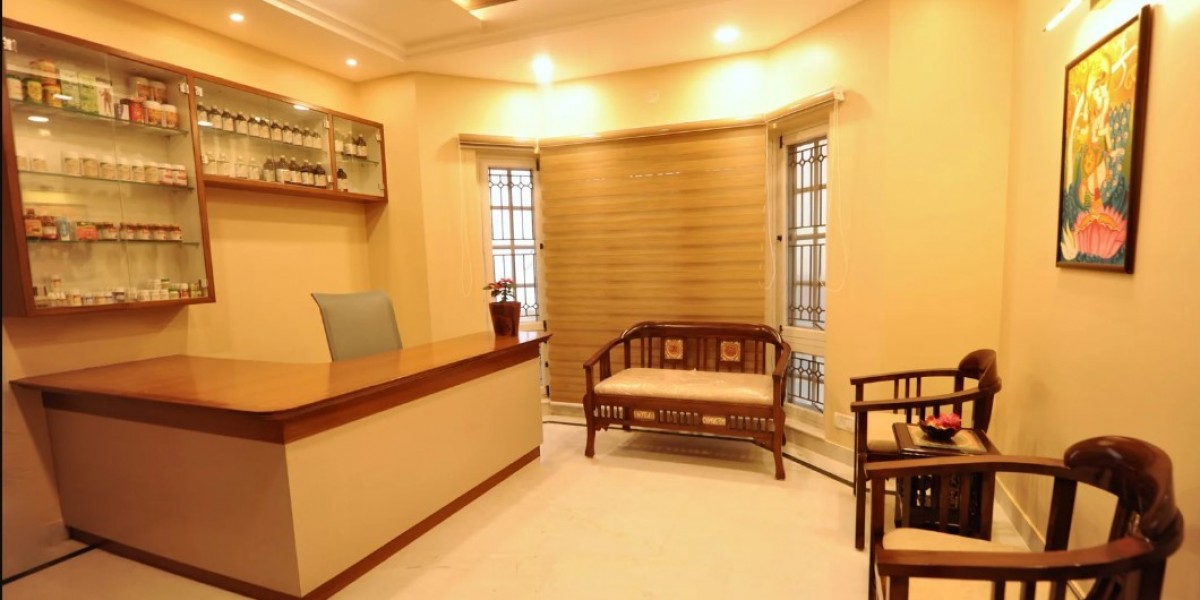Cost accounting, a critical field within accounting, delves into the principles and practices that enable businesses to understand and manage their costs effectively. For students pursuing advanced degrees, mastering complex concepts in cost accounting is crucial for success. At DoMyAccountingAssignment.com, our Cost Accounting Assignment Helper experts provide in-depth solutions to challenging questions, ensuring a thorough understanding of the subject. Here, we present some master-level cost accounting theory questions along with detailed solutions to illustrate the depth of knowledge and expertise our team offers.
Question 1: Allocation of Overhead Costs
Question: A company manufactures two products: Product A and Product B. The total overhead costs for the period amount to $500,000. The overhead costs are allocated based on machine hours. Product A uses 8,000 machine hours, and Product B uses 12,000 machine hours. Calculate the overhead cost allocated to each product.
Solution: To determine the overhead costs allocated to each product, we first need to calculate the overhead rate per machine hour. This is done by dividing the total overhead costs by the total number of machine hours used for both products.
- Calculate the total machine hours:
- Total machine hours = Machine hours for Product A + Machine hours for Product B
- Total machine hours = 8,000 hours + 12,000 hours = 20,000 hours
- Determine the overhead rate per machine hour:
- Overhead rate = Total overhead costs / Total machine hours
- Overhead rate = $500,000 / 20,000 hours = $25 per machine hour
- Allocate the overhead cost to Product A and Product B:
- Overhead cost for Product A = Machine hours for Product A × Overhead rate
- Overhead cost for Product A = 8,000 hours × $25 per hour = $200,000
- Overhead cost for Product B = Machine hours for Product B × Overhead rate
- Overhead cost for Product B = 12,000 hours × $25 per hour = $300,000
Thus, Product A is allocated $200,000 in overhead costs, while Product B receives $300,000. This allocation helps in determining the cost of production for each product, ensuring accurate pricing and profitability analysis.
Question 2: Activity-Based Costing (ABC) System Implementation
Question: A company is considering implementing an Activity-Based Costing (ABC) system to allocate overhead costs. The company has identified three main activities: machining, assembly, and inspection. The total overhead costs amount to $600,000, with the following activity cost pools and activity measures:
- Machining: $250,000, 10,000 machine hours
- Assembly: $200,000, 5,000 assembly hours
- Inspection: $150,000, 1,000 inspection hours
Calculate the overhead rate for each activity and discuss how the ABC system improves cost accuracy compared to traditional costing methods.
Solution: To implement an ABC system, we first calculate the overhead rate for each activity by dividing the total cost of each activity by its respective measure.
- Calculate the overhead rate for each activity:
- Machining:
- Overhead rate = Total cost of machining / Total machine hours
- Overhead rate = $250,000 / 10,000 hours = $25 per machine hour
- Assembly:
- Overhead rate = Total cost of assembly / Total assembly hours
- Overhead rate = $200,000 / 5,000 hours = $40 per assembly hour
- Inspection:
- Overhead rate = Total cost of inspection / Total inspection hours
- Overhead rate = $150,000 / 1,000 hours = $150 per inspection hour
- Discuss the benefits of ABC: The ABC system improves cost accuracy by allocating overhead costs based on the actual consumption of resources by each activity. Unlike traditional costing methods, which may use a single overhead rate for all products or services, ABC assigns costs more precisely to products based on their specific use of activities. This results in more accurate product costing and can help in identifying inefficiencies, leading to better decision-making and cost control.
Question 3: Variance Analysis in Cost Accounting
Question: A company budgeted $100,000 for direct materials for the production of 10,000 units. However, the actual direct materials cost was $120,000 for the production of 12,000 units. Calculate the direct materials price variance and the direct materials quantity variance.
Solution: To perform variance analysis, we calculate both the price variance and the quantity variance to evaluate performance.
- Calculate the direct materials price variance:
- Budgeted cost per unit of direct materials:
- Budgeted cost per unit = Budgeted cost / Budgeted units
- Budgeted cost per unit = $100,000 / 10,000 units = $10 per unit
- Actual cost per unit of direct materials:
- Actual cost per unit = Actual cost / Actual units
- Actual cost per unit = $120,000 / 12,000 units = $10 per unit
- Price variance:
- Since the actual cost per unit ($10) equals the budgeted cost per unit ($10), the price variance is $0. There is no price variance in this case.
- Calculate the direct materials quantity variance:
- Budgeted quantity for actual production:
- Budgeted quantity = Budgeted units × Budgeted cost per unit
- Budgeted quantity = 12,000 units × $10 = $120,000
- Quantity variance:
- Quantity variance = Actual cost - Budgeted cost for actual production
- Quantity variance = $120,000 - $120,000 = $0
In this example, there are no variances, indicating that the company managed direct materials costs effectively relative to its budget.
Our experts at DoMyAccountingAssignment.com provide detailed solutions to complex cost accounting problems, helping students gain a deeper understanding of the subject. By addressing advanced theory questions and offering expert guidance, we ensure that students are well-prepared to tackle their academic challenges with confidence.



